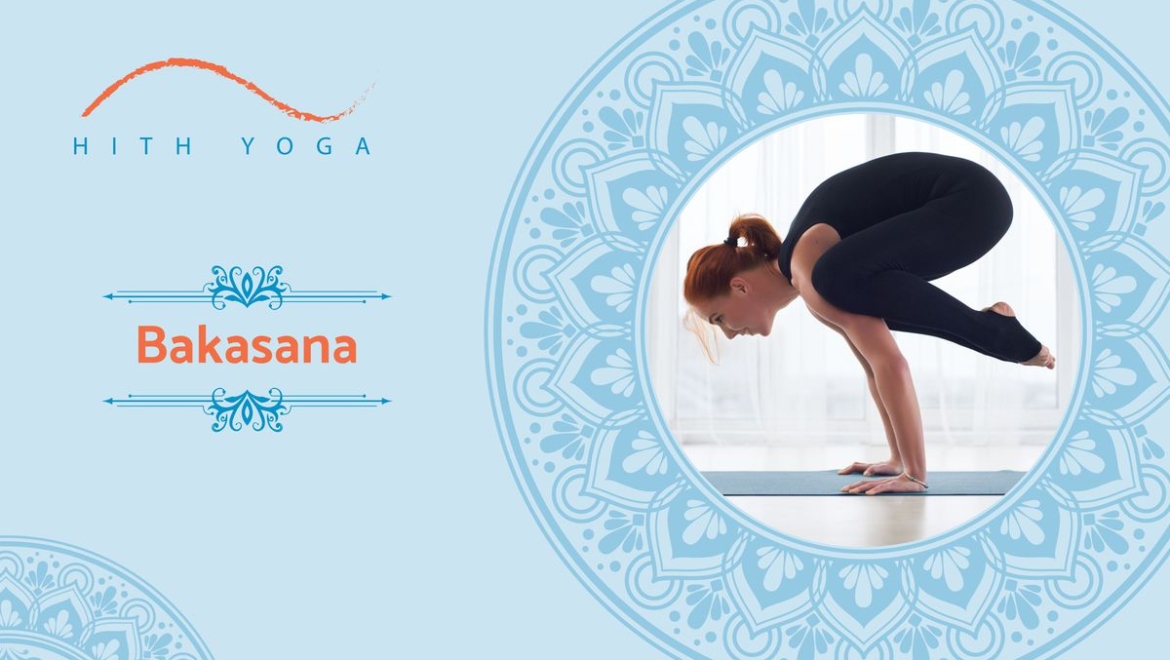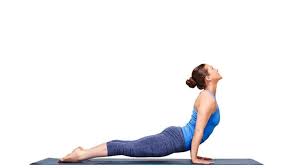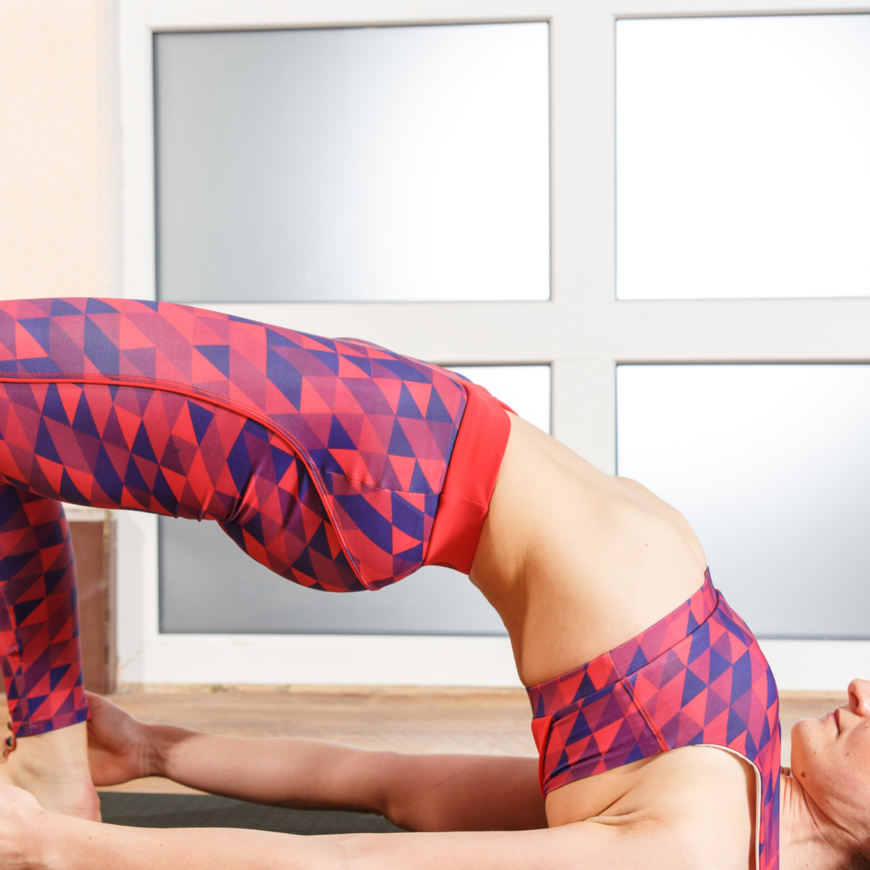Introduction
Bakasana, also known as the crane pose, is an arm balance asana in hatha yoga and modern yoga exercise. In all variations, Bakasana is an arm balance pose in which hands are placed on the floor and shins rest upon upper arms and the feet lift. In Bakasana, the arms are kept straight.
When starting Bakasana, the practitioner can begin either being in a crow pose or, from a more advanced transition, in a headstand. The practitioner from the crow pose straightens the arms to imitate the longer legs of the crane. The practitioner brings the legs down in the headstand position and redistributes the body’s weight until the knees bent come near the armpits while lifting the buttocks.
In English, Bakasana is known as a crane pose.
How to do Bakasana?
Step 1: First, stand in the Mountain pose or Tadasana bringing your arms at your side and remember to breathe steadily throughout the pose.
Step 2: Slightly bend your knees for bringing your palms flat on the floor that should be about shoulder’s distance.
Step 3: Now, bend your elbow straight back, though do not turn them into full chaturanga arms but head in that way.
Step 4: Come up onto the balls of your feet and open your knees so that they line up with your upper arm.
Step 5: Place your knees on the back of your upper arms.
Step 6: Now, bring your weight forward into your hands and lift your head as you go.
Step 7: Come up onto your tiptoes and lift one foot and then another off the floor.
Step 8: Keep your knees on the arms and engage the inner things for support with the knees.
Step 9: Hug your feet toward your buttocks.
Step 10: Focus your mind and feel the body being lifted and avoid sinking into the pose as it can dump weight into the shoulders.
Step 11: Exhale and transfer your body weight back to come out from the pose until your feet touch the floor.
The arms are straight in the crane pose, mimicking the crane’s long, regal stillness and graceful legs.
Benefits of Bakasana
- It tones the abdominal wall
- It helps in reducing lower back pain and indigestion as it strengthens the abdominal organs
- Improves the overall core strength
- It relieves you from depression
- Mindfulness and introspection is encouraged through Bakasana
- It prepares the mind for mediation and builds endurance, mental focus, and calms the mind
- Stretches and strengthens the arms, the wrist, the back, and the inner things
- Opens the groin
- Stimulates various chakras like the third eye, solar plexus, throat, crow, and root
- Enhances body control and awareness of the body
Common mistakes
Do not let your elbows splay out to either side when you come up into the pose. Keep the elbows in line with the wrist and shoulders. Else, too much weight will be placed on the outside of the wrists, leading to injury. Ensure the mistake is not repeated, and you can prevent it by gripping the fingertips into the ground and check that your elbows are over your wrists.
Keep your knees as high up into your arms as possible. Do not allow your legs to rest on your arms. Use your core muscles for holding the legs up, and do not rely on your hips. Concentrate your gaze lifted to the horizon and do not look down or let your head drop as this will result in you either losing balance or leaning forward.
Practice Bakasana daily at your home so that you know how much weight to transfer onto your hands and that your feet come up, but you do not pitch forward. The trickiest part of the pose is calculating the correct amount of weight to transfer onto the hands.
Safety and Precautions
If you have any injury on your wrist or shoulder like carpal tunnel syndrome, avoid this pose and even if you are pregnant. Usually, if you hand insomnia, it is said that the posture should be avoided.
When you are trying the pose for the first time, put a blanket in front of you to not hit your head. There are chances that you will tip forward if you do not have experience at all.





Add Comment